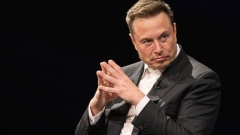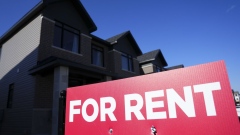Sep 14, 2021
Higher taxes could be in cards after cliffhanger election
, Bloomberg News
Party leaders must decide how they'll control spending and pay off debt: PM Harper's former campaign manager
Canada is likely to elect another minority government next week, with no party able to win absolute control of the House of Commons. That could be a recipe for higher taxes and more spending, according to National Bank of Canada.
Polls show Justin Trudeau’s Liberals in a tight race with the Conservatives, and the balance of power could be held by a New Democratic Party with a “tax- and-spend orientation,” Warren Lovely, the Montreal-based bank’s chief rates and public sector strategist, said in a report to investors. “Canadian businesses, high income earners and the wealthy may wish to take note.”
The New Democrats, led by Jagmeet Singh, have a platform that includes higher corporate taxes and higher taxes on top earners and investors. The party is proposing that 75 per cent of capital gains would be taxable, up from 50 per cent, to help pay for increased social spending.
“Based on our calculations, the NDP’s implied level of federal spending would stand 6 per cent above the Liberals and nearly 10 per cent north of the Conservatives by 2025-26,” Lovely wrote in a comparison of the platforms. The party has promised $215 billion (US$171 billion) of new investments over five years, he added.
However, the NDP has held the balance of power before in Canada’s parliament without it leading to radical changes in tax rates. It finished fourth in the 2019 election.
Current polls suggest the Liberals and Conservatives will each fall short of the 170 House seats needed for a majority in the Sept. 20 vote. But whichever party forms the next government may also have the option of bypassing the NDP and turning to the Bloc Quebecois, a party that runs candidates only in Quebec, to help pass legislation.
Both main parties are also pledging significant fiscal jolts. Trudeau’s incumbent Liberals have laid out plans for $78 billion over the next five years, while the Conservatives under Erin O’Toole have promised $51 billion over the same period.











